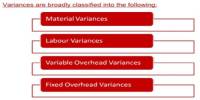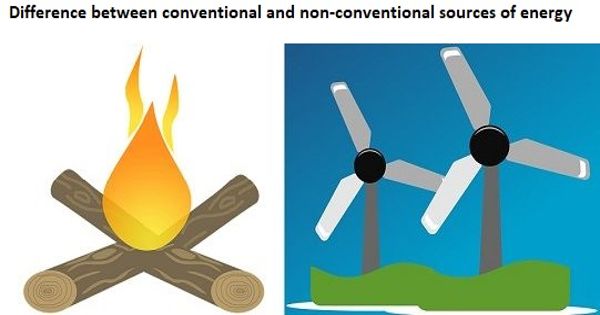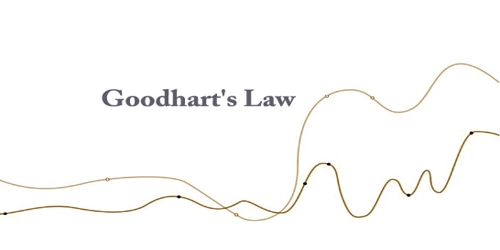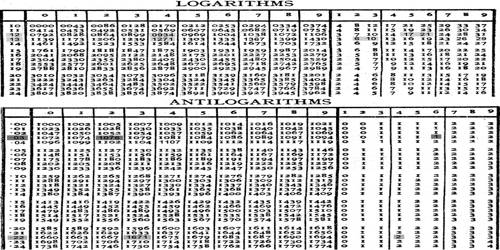Lucas Islands Model
The Lucas-Islands model is an economic model formulated by Robert Lucas, Jr. It is an economic model of the link between money supply and price and output changes in a simplified economy using rational expectations. It delivered a new classical explanation of the Phillips curve relationship between unemployment and inflation.
There exist N islands. On each island is a producer who charges price pt(z), where z denotes a particular island. We shall denote the aggregate price as pt, which is simply the average of p(z) across all Z islands.
The main focus in the paper is on the supply side where the following “Lucas supply” function is assumed
yt(z) = γ(pt(z) − pt)
so that a producer increases his output when his own price is greater than the aggregate price in the economy. This the output is given by a standard upward sloping supply schedule. y(z) should be interpreted as deviations in output from the trend, so that when y(z)=0 output is equal to its trend value. The innovation in this model is to assume imperfect information so that a producer on an island knows at time t his own price p(z) but does not know the economy-wide price level p. Instead, they have to form a guess of p based on the information at their disposal. Let It(z) denote the information available at time t to the producer in market z. Then E(pt |It(z) ) denotes the expectation of the aggregate price pt given the information available to the producer in island z.
This exhibits a Phillips curve relationship, as inflation is positively related with an output (i.e. inflation is negatively related with unemployment). However, and this is the point, the existence of a short-run Phillips curve does not make the central bank capable of exploiting this relationship in a systematic way.
Lucas’ trick is to use Rational Expectations. There are two different but related interpretations of Rational Expectations. The first is a statistical one and implies that, when agents have to make a forecast, errors are unpredictable. In other words, agents use all the information at their disposal. The second interpretation is more economic and is due to John Muth. According to this definition, Rational Expectations is when agents use the economic model to form their price predictions.
Although economic agents are expected to respond to changes in the price level, the central bank is not able to control the real economy. Since erratic changes may occur in the macroeconomic environment (interpreted as white noises) and agents are assumed to be fully rational, controlling the real economy (unemployment and production) is possible only through surprises (or, in other words, unexpected monetary policy actions) which, however, cannot be systematic.
An important consequence of the Lucas islands model is that it requires that we distinguish between anticipated and unanticipated changes in monetary policy. If changes in monetary policy and the resulting changes in inflation are anticipated, then the Islanders are not misled by any price changes that they observe.
Information Source:
















